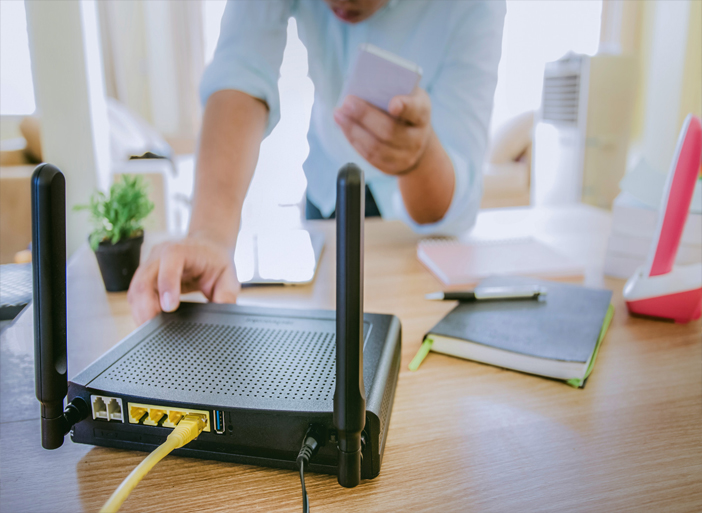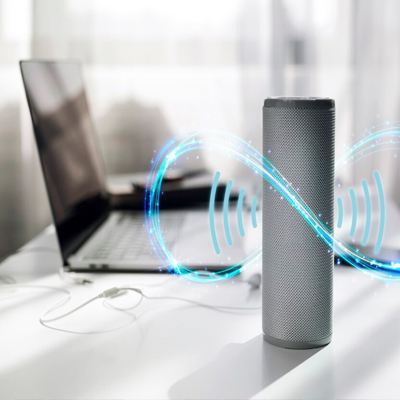A strong and reliable WiFi connection is essential for today’s modern home. However, there are a number of common problems that can cause your WiFi to slow down, drop out, or become completely unusable.
If you are experiencing WiFi problems at home, there are a few things you can do to fix WiFi problems and troubleshoot WiFi issues. In this blog post, we will discuss 5 of the most common WiFi problems and how to fix them.
Problem 1: Weak or no signal
One of the most common WiFi problems is a weak or no signal. This can be caused by a number of factors, such as:
- The distance between your router and your device
- The presence of obstacles between your router and your device
- Interference from other devices, such as microwaves and cordless phones
Solution 1: Move your router to a central location
The first thing you should try is moving your router to a central location in your home. This will help to ensure that the signal is strong in all areas of your home.
If you are still having problems, you can try moving your router to a different location in your room. You may also want to try using a WiFi extender to boost the signal in areas of your home that are particularly weak.
Problem 2: Slow speeds
There are a few things you can do to optimize your WiFi network and boost WiFi speed:
- The number of devices connected to your network
- The type of network you are using (2.4GHz or 5GHz)
- The bandwidth of your internet plan
Read More: Top Tips for Maximizing Your Home WiFi Performance
Solution 2: Optimize your WiFi network
There are a few things you can do to optimize your WiFi network and improve your speeds:
- Reduce the number of devices connected to your network at the same time.
- Switch to the 5GHz band, which is less congested than the 2.4GHz band.
- Upgrade your internet plan to a higher bandwidth.
Problem 3: Dropped connections
WiFi connections can also drop frequently. This can be caused by a number of factors, such as:
- Interference from other devices
- Problems with your router or modem
- An outage with your internet service provider (ISP)
Solution 3: Restart your router
The first thing you should try is restarting your router and modem. This will often fix WiFi problems and troubleshoot WiFi issues caused by minor problems that are causing your connection to drop.
If you are still having problems, you can try updating the firmware on your router and modem. You can also try contacting your ISP to see if there are any outages in your area.

Resetting Your Router to Refresh Connection: A Common Wi-Fi Troubleshooting Technique
Problem 4: Security issues
Your WiFi network can also be vulnerable to security issues. This can allow hackers to steal your data or even take control of your devices.
Solution 4: Secure your WiFi network
There are a few things you can do to secure your WiFi network:
- Change the default password on your router.
- Create a strong password that is difficult to guess.
- Enable WPA2 encryption on your router.
- Disable features that you do not need, such as WPS.
Problem 5: Outdated router
If you are using an older router, it may not be able to keep up with the demands of your modern devices. This can lead to a number of problems, such as slow speeds, dropped connections, and security vulnerabilities.
Solution 5: Upgrade your router
If your router is more than a few years old, it is a good idea to upgrade WiFi router to a newer model. This will help to ensure that you have a strong and reliable WiFi connection.
Conclusion
By following these tips, you can fix WiFi problems, troubleshoot WiFi issues, improve WiFi signal, boost WiFi speed and secure WiFi network and eliminate most common WiFi problems at home. If you are still having problems, you may want to contact your ISP for further assistance.





